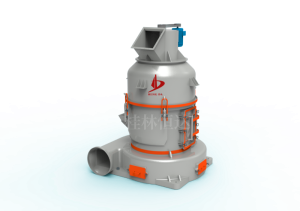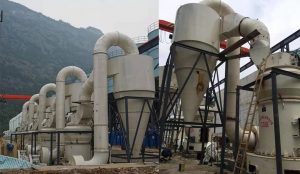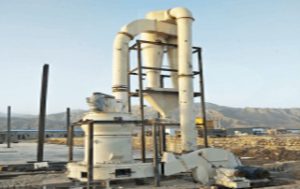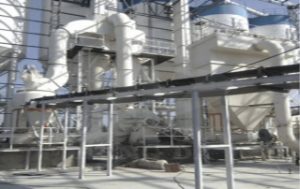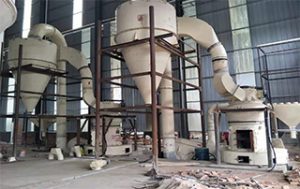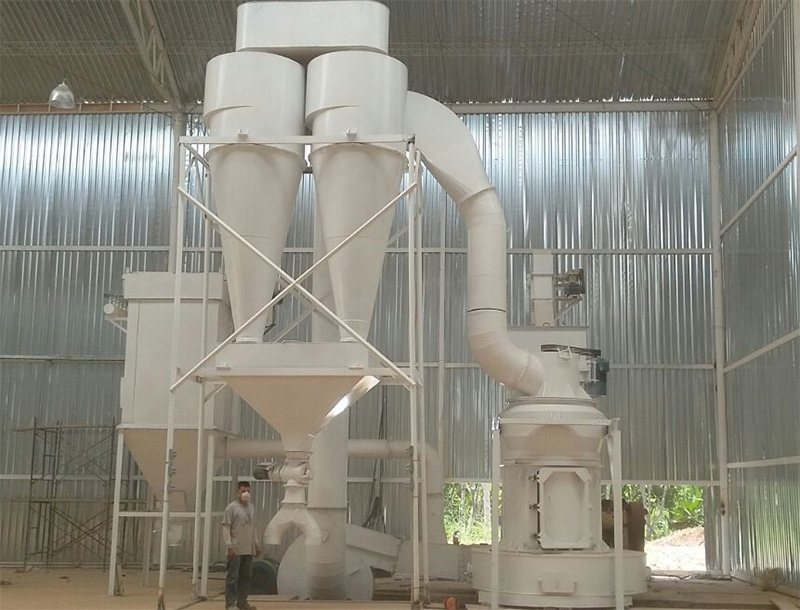Surface modification is one of the key technologies to optimize the performance of inorganic powder materials (calcium carbonate, silicon micro powder, kaolin, talc powder, mica powder, graphite, etc.), which is very important to improve the application performance and value of inorganic powder.
Why should the powder surface be modified?
1、 Present situation of inorganic powder surface modification technology
1. Surface modification method
Surface modification methods refer to the methods that can change the physicochemical properties of powder surface or interface, such as surface organic coating, liquid-phase chemical precipitation coating, vapor physical deposition, mechanochemistry, layered powder intercalation, etc. At present, the common methods of inorganic powder surface modification in industry mainly include surface organic coating, precipitation reaction coating, mechanochemistry and composite method.
Surface coating modification is a method to modify the particle surface by adsorption or chemical reaction of functional groups in organic surface modifier molecules on the particle surface. It is the most commonly used surface modification method of inorganic powder at present.
Click the picture to view: four factors affecting surface coating modification!
Common surface modifiers mainly include coupling agents (silane, titanate, aluminate, zirconium aluminate, organic complex, phosphate, etc.), higher fatty acids and their salts, higher amine salts, silicone oil or silicone resin, Organic Oligomers and unsaturated organic acids, water-soluble polymers, etc.
Precipitation reaction coating is to precipitate and coat the surface modifier on the surface of modified particles by chemical precipitation reaction. It is a powder surface modification method or particle surface modification method of “inorganic / inorganic coating” or “inorganic nano / micron powder coating”.
The modification of nano-TiO2, ZnO, CaCO3 and other inorganic materials coated on the powder surface is realized through precipitation reaction, such as:
Pearlescent Mica was prepared by coating TiO2 on the surface of mica powder;
The surface of titanium dioxide is coated with SiO2, Al2O3 and diatomite;
Calcined kaolin was coated with nano-TiO2 and ZnO;
Wollastonite powder is coated with nano calcium carbonate and nano aluminum silicate.
Mechanochemical modification is to purposefully activate the particle surface by ultrafine grinding of powder and other strong mechanical forces, make its structure complex or surface amorphous, and enhance its reaction activity with organic or other inorganic substances.
Mechanochemical action can improve the adsorption and reaction activity of particle surface and enhance its use with organic matrix or organic surface modifier. Mechanical fusion technology based on Mechanochemical principle is a method of composite treatment or surface modification of inorganic particles, such as surface composite, coating and dispersion.
Intercalation modification refers to the method of changing the properties of powder through ion exchange reaction or characteristic adsorption by using the characteristics of weak adhesion between powder particle crystal layers with layered structure (such as molecular bond or van der Waals bond) or exchangeable cations. Therefore, the powder used for intercalation modification generally has layered crystal structure, such as graphite, montmorillonite, vermiculite, kaolin, etc.
